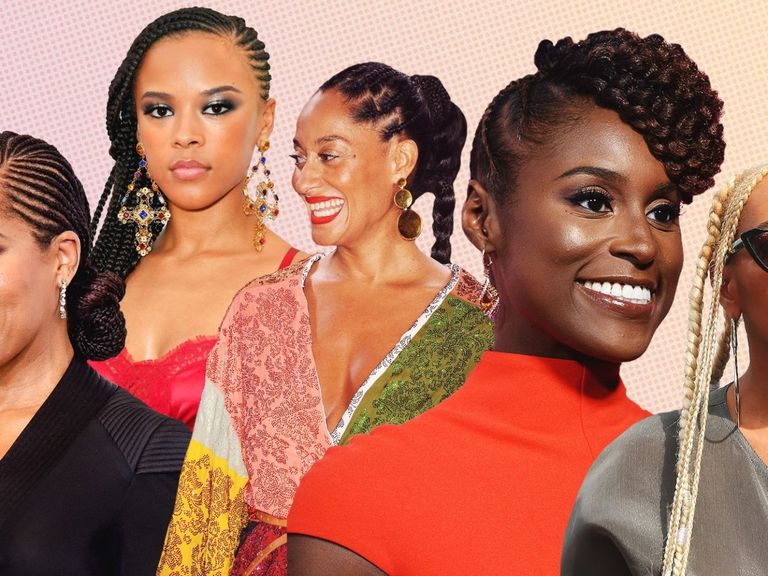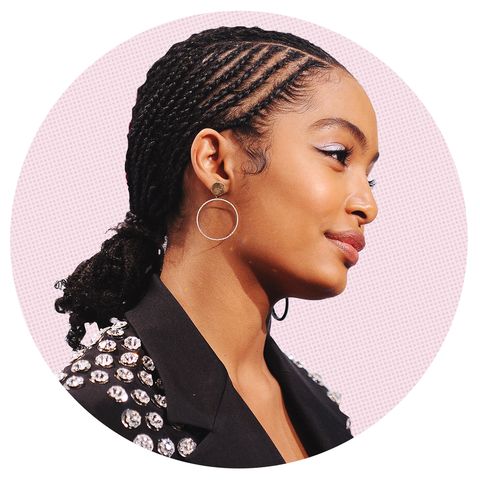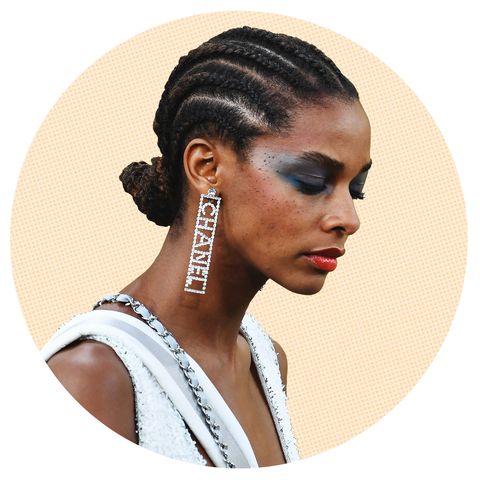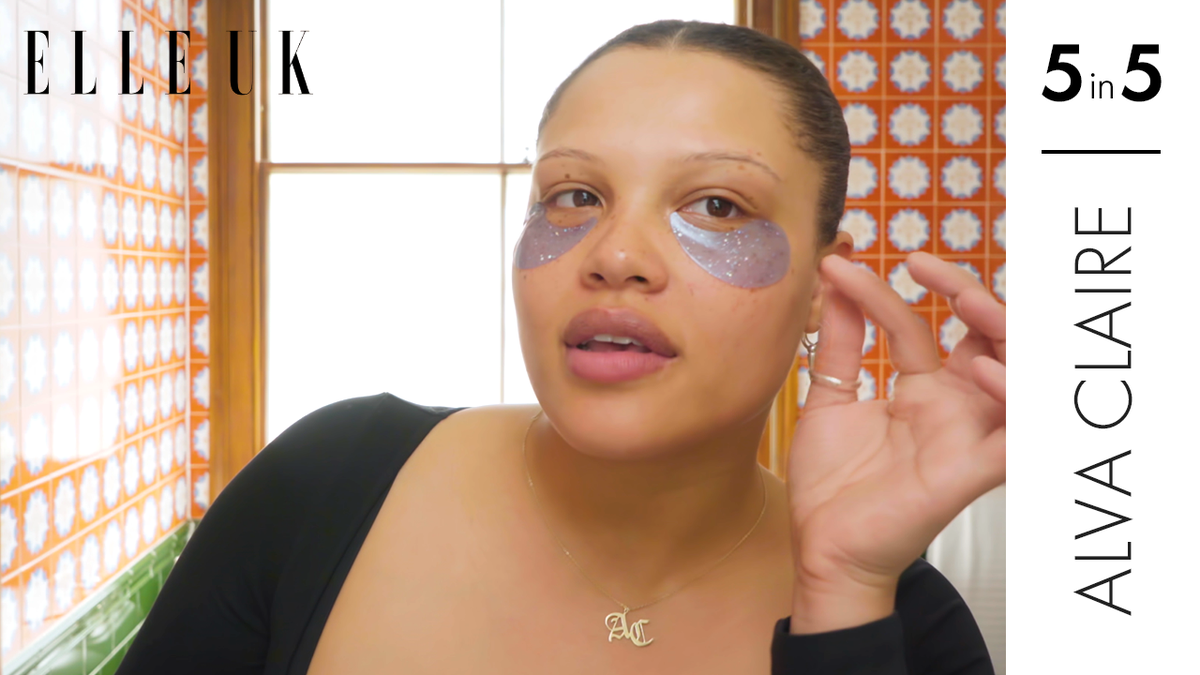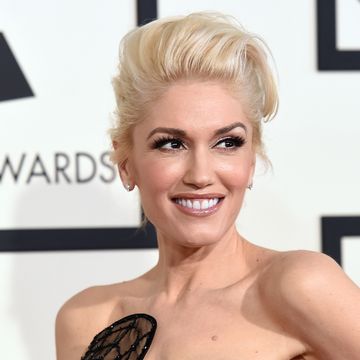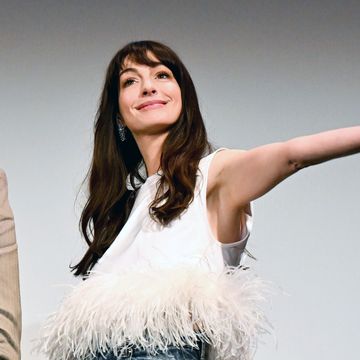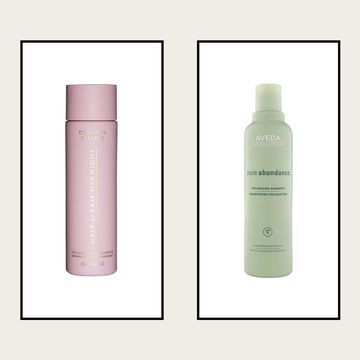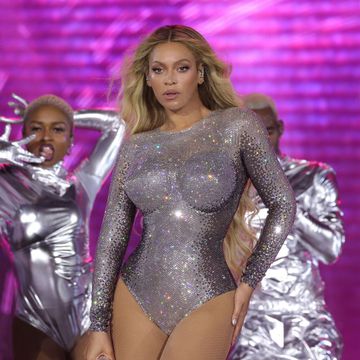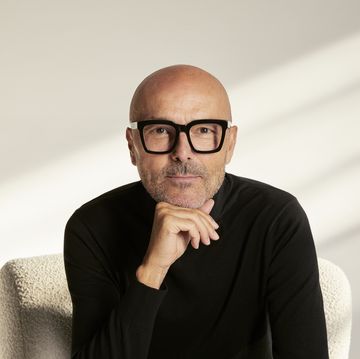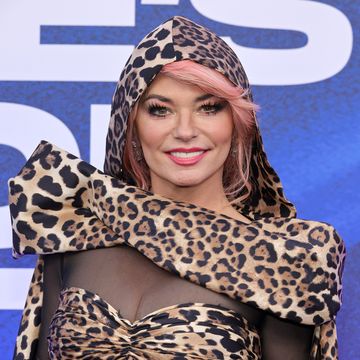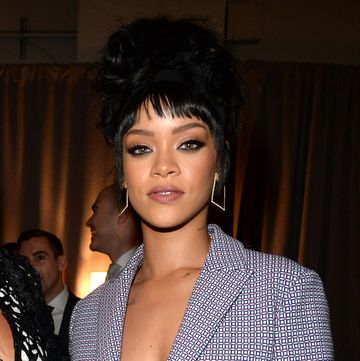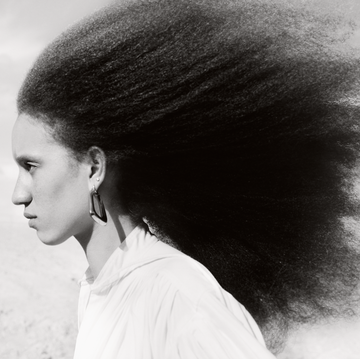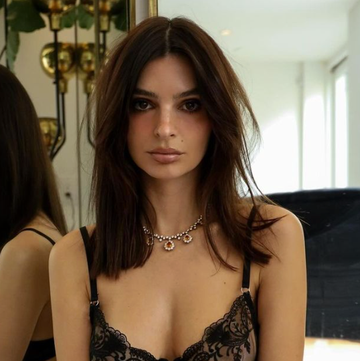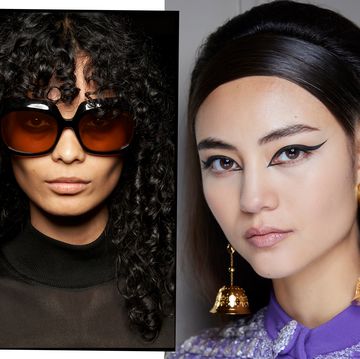I am what you might call a little hair obsessed. You can't tell by looking at me though—I've worn the same style for a decade. But when it comes to thinking about, talking about and marveling at what hair means, I can go on forever.
In the pre-social media days, hair obsessed people like me had to peer into beauty salon windows to see a parade of styles, from braids parted like geometric mazes to updos that defied every law of physics. Now, though, you can be a hair voyeur online. There are millions of braids on Instagram and YouTube, and discussion threads all over the Internet.
Long before the digital boom, I met a woman named Lori Tharps. She was as hair obsessed as I am, and after we found each other as freelancers in the fact-checking department at Vibe, we wrote a book called Hair Story: Untangling the Roots of Black Hair in America. It's 227 pages on the aesthetic, economic and political meaning of African-American hair—and its significance for Black people, white people, all people throughout American history, the business world and popular culture. Braids get a lot of mentions on those pages. That's because the style—so simple, just three strands of hair interlocked around each other—tells a really complicated story.
The complications begin with just what to call the style. Three strands of hair can be called braids, but they can also be called individuals. If you add hair for length, those are extensions. When hair is braided onto the scalp, they become cornrows. It's a relatively new word for something ancient, as examples of the style have been found on statues from as early as 3500 BCE. According to folklore, enslaved Black people on American plantations created the term "cornrows" because the hair looked like rows of corn in a field.
Black women in America have been braiding their hair—from the simple two cornrows Tracee Ellis Ross frequently wears on Black-ish to the complicated designs that Alicia Keys' has worn—since there have been Black women in America. And during most of that time, the look was derided or ignored by mainstream culture.
Women in cornrows did not appear in fashion magazines for most of the last century. The first time a cornrowed style was seen on television was 1962, worn by actress and How to Get Away with Murder star Cicely Tyson in the CBS series, East Side, West Side. And when Black women with braids weren't being ignored, they were being discriminated against. Women have sued after being fired from tourism and customer service jobs because their cornrowed styles were said to be 'unkempt' or 'unprofessional' and in violation of appearance codes. There was Renee Rogers (fired from American Airlines), Pamela Mitchell (Marriott Hotels), Cheryl Tatum (Hyatt hotel), and so many others that the Hotel and Restaurant Union declared cornrows on the job a "workers' rights issue."
Then, suddenly…Bo Derek. As a new actress, she landed a 10-minute role in the movie 10. Derek wanted her screen time to be unforgettable, so she got her hair cornrowed to look like the Black women she saw at her Los Angeles supermarket. In 1979, 10 was released and the image of Derek's blond, beaded cornrows hanging down her back became iconic. Suddenly, braids weren't only cool, they were Beverly Hills, with salons opening in the neighborhood and charging white women 500 dollars for "Bo Braids."
It did not stop with Bo Derek. In recent years, we've seen Katy Perry, Christina Aguilera, Cara Delevingne, Kylie Jenner, and Kim Kardashian. There is also Khloe Kardashian, who once wore cornrows and asked Scott Disick if he liked her 'ghetto braids.' These women have worn braids, and were heralded as trendsetters introducing a style, as if it hadn't already been seen on the heads of celebrities from Zoe Kravitz to Yara Shahidi to Sasha Obama. And because popular culture apparently isn't eager to associate a hairstyle seen on E! TV with plantations and slavery, we now have to endure the style being called boxer braids after women UFC boxers who wear them.
With a little alliteration, it's all trend, no guilt. Like many Black women in America, Amandla Stenberg was deeply troubled by the whitewashing. So in 2015, the then-15-year-old actress made a video as a school project titled, '
Don't Cash Crop My Cornrows.' It should be required viewing for anyone who has ever un-ironically uttered the phrase 'boxer braids.' In it, Stenberg breaks down the history of cornrows and the style's usurping by the white pop culture machine. She says, 'The line between cultural appropriation and cultural exchange is always going to be blurred, but here's the thing: Appropriation occurs when a style leads to racist generalization or stereotypes where it originated but is deemed as high fashion, cool or funny when the privileged take it for themselves.'Yet, focusing on braids only to talk about appropriation diminishes their beauty and centers white privilege. It also makes it easy to forget how stunning they can be. Two famous images remind us: Beyoncé with thigh-length cornrows fanning out behind her as she leans backwards out of a pickup truck in the Formation video. Solange, platinum-dyed cornrows arranged into a halo over her head—no gravity, all drama. 'Majestic' often feels hyperbolic unless you're discussing Queen Elizabeth, but there is something undeniably majestic—and arresting—about these powerful women and their braids.
Ayana Byrd is the co-author of Hair Story: Untangling the Roots of Black Hair. She is currently working on her first novel.
